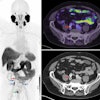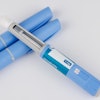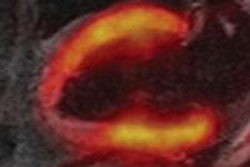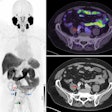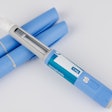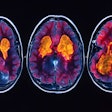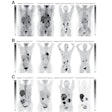The radioactive tracer F-18 sodium fluoride (F-18 NaF) has been found to accurately identify and localize high-risk coronary plaque so they can be treated before they rupture, according to a new article in Lancet.
The research group led by Dr. Nikhil Joshi from the British Heart Foundation Centre for Cardiovascular Science in Edinburgh, U.K., examined the use of two tracers, F-18 NaF and F-18 fluorodeoxyglucose (F-18 FDG).
Used for decades in bone imaging, the simple and relatively inexpensive tracers are injected into patients' veins before they undergo PET/CT, the research team wrote (Lancet, 11 November 2013). Joshi and colleagues investigated the agents in 40 patients who had recently suffered myocardial infarction, and another 40 patients with stable angina. In 93% (37/40) of the heart attack patients, the greatest coronary uptake of F-18 NaF was seen in the area of the rupture, PET/CT revealed. F-18 FDG did not exhibit the same effect.
Meanwhile, in the angina patients, increased uptake of F-18 NaF found plaques in almost half (18, 45%) of the patients. Subsequent intravascular ultrasound in these patients confirmed the areas of increased uptake were most often associated with high-risk features that frequently lead to rupture and serious adverse events, the study team wrote.
The very promising agent still needs to be tested in women, the study team added.

